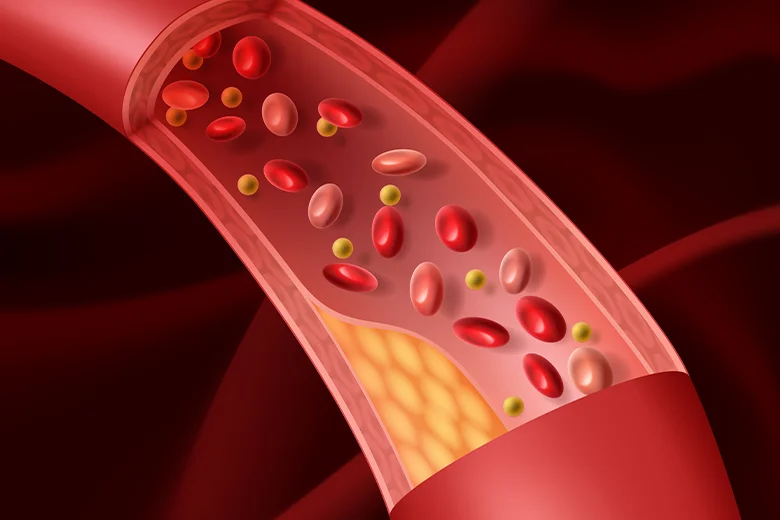REVITA LIFE SCIENCES
Current Status & Rationale
Current Status
Stem-cell therapy could fundamentally change medicine, almost all treatments being developed are still in an experimental stage or under clinical trial, except for a few orthopaedic and cosmetic indications.
Autologous stem cells are currently the most accepted method because they offer advantages in terms of immune compatibility, lack of, and ethical issues.
Two major lines of investigation have emerged –one advocating stem cell enrichment only and the other doing expansion with or without differentiating these endogenous stem cells.
Enrichment has the advantage of fresh cells and a cocktail of numerous supportive cells and growth factors necessary for promoting cell growth.
The culture of stem cells increases their number but there are concerns about the induction of mutations, changes in cell behaviour, etc.
Avoid the use of cryo-preserved cells as much as possible, as on thawing, viability is lost up to 25%. Their death further increases during transportation and their biological behaviour also deteriorates. The ideal is fresh expanded /cultured cells directly from Lab.
Allogenic cells(not from the Patient’s tissue) need more safety studies before clinical use.
Rationale of Use
Several published studies have documented the positive clinical effect of delivering autologous (patient’s own) bone marrow and adipose tissue-derived stromal cells.
Our own results of pilot-human studies are very encouraging.
Based on these available data, we offer a safe and similar therapeutic approach to a small group of patients with various orthopaedic, cosmetic, neurodegenerative, Cardiac, Renal, hepatic, and metabolic (Diabetes) disorders.
Mechanism of Action
Stem cells help by secreting growth factors, which help in the formation of new blood vessels(Neoangiogenesis). This leads to a greater blood supply and, hence, better repair.
Secrete many growth factors(of paracrine effect). It modulates the Loco-regional Milieu, promoting the self-repair of residing tissue cells. This also activates the dormant endogenous stem cells.
Few stem cells may also get engrafted and Differentiated into component cell types and integrated with the target tissue.
Hype
Clinical stem cell application should be done as a clinical trial in a few patients in those conditions where scientific evidence in the literature is available. A placebo- controlled clinical trial on more Patients should follow it.
ANY CENTRE CLAIMING THAT HUNDREDS OF CASES OF A PARTICULAR DISEASE IS NONSENSE.
Stem cell research and therapy should not be hyped but presented as a possible hope. The field needs time to grow and mature before stem cells can be turned into clinical and other applications. It will happen, but not right away.
Many hospitals and centers have overstated their stem-cell treatments with very bold claims.
Do not be carried away with Testimonials, as they can be Fake. Understand the Science, and if willing, kindly participate in it as an experiment.
What a patient should definitely ask?
- Quantity of cells being injected.
- Type of cells: Stem cells are identified by markers. E.g. haematopoietic (CD34 +ve) or mesenchymal (Cd 34 –Ve, CD 105 +ve). It would be very ideal for a centre to provide a sample of the cells for cross verification.
- Route of administration: should be as Direct as possible. Intralesional or into the feeding artery of the organ involved. High dose and multiple administrations are needed if administering Intravenous as the majority of these cells get trapped in the lungs and hence will not reach the target organ.
What a patient should definitely understand
Good cell isolation protocol
A good protocol of minimal manipulation is essential for stem cell isolation
- Cells should not leave their biological environment.
- Should not lose adult pluripotent stem cells like VSELS
- Should also keep functional characteristics of stem cells intact.
- Should be rich in growth factors necessary for stem cells to home at the lesion.
- Should not adversely affect in terms of cell aging changes in the genome, chromatin structure, create mutations or activate oncogenes
- Should yield CFU (a way of assessment of functional efficacy)



